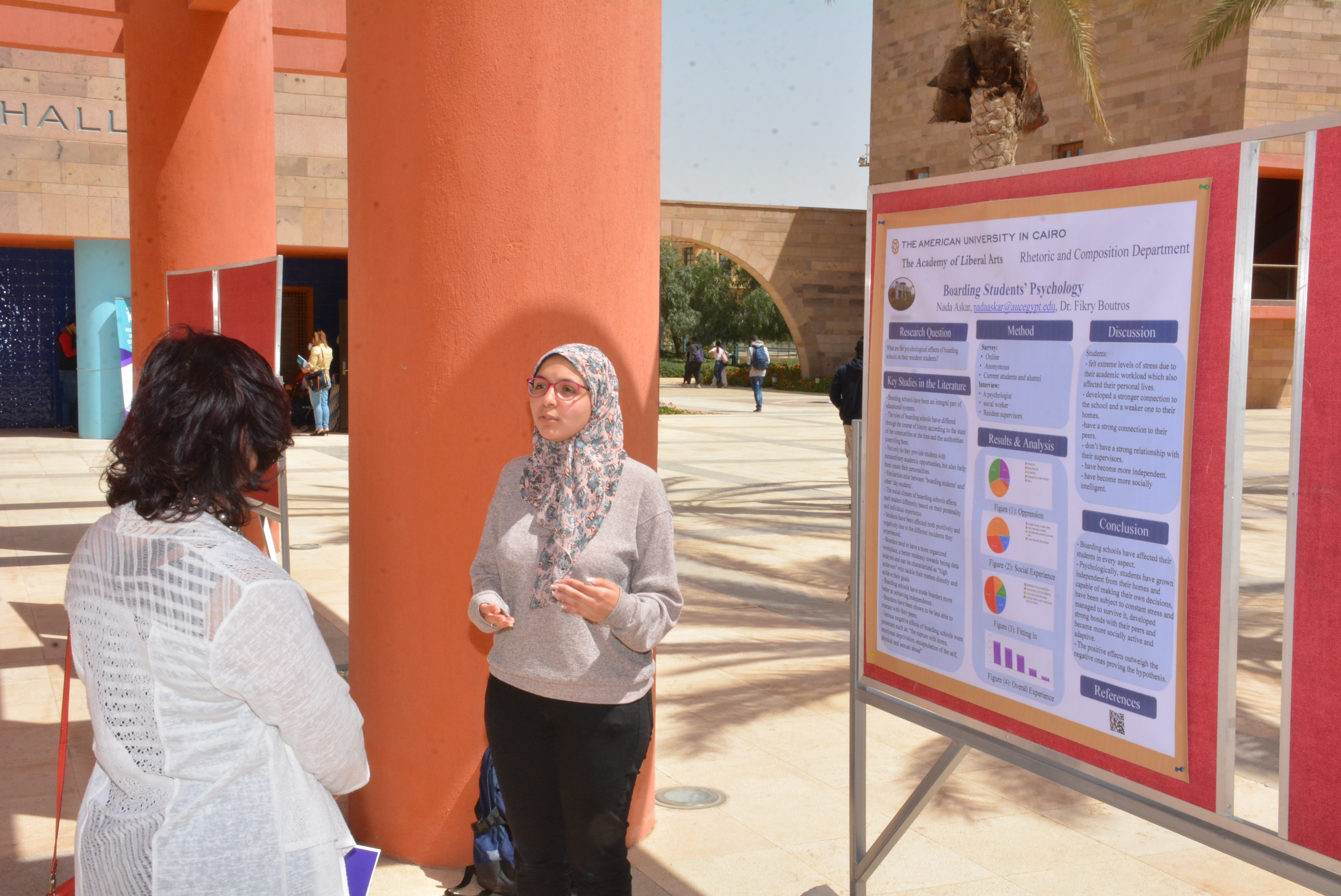
The First Year Research Experience
The Undergraduate Research Program invites all students who wish to present first-year academic work to participate in The First-Year Research Experience (FYRE).
About FYRE
FYRE offers opportunities for students to showcase their best inquiry or research-based projects completed in any 1000-level course: RHET 1010, RHET 1020, Pathways 1, Pathways 2, Scientific Thinking, Philosophical Thinking, Seminar 1023, Seminar 1099, Seminar 1110, or any other 1000-level course.
Research and other forms of project work that demonstrate critical analysis and sound argument will be considered, on a competitive basis, for the FYRE activities below:
- FYRE Panels for oral presentation or FYRE research posters presented in the annual EURECA conference. For guidelines, refer to EURECA
- FYRE Corner for papers completed in first-year courses and submitted for publication in the undergraduate research journal. For guidelines, refer to URJe
- FYRE Wall poster competition is held at the end of each year. The winners have their posters published in the Undergraduate Research Journal and win a financial award of EGP 1,000.
For guidelines, refer to the section below:
FYRE wall poster competition guidelines and application form
To participate in the FYRE Wall Poster competition, fill out this application form.
Contact Us
Ehab ElShimi
Director, Undergraduate Research Program
t 20.2.2615.1673
[email protected]
Room P018
The Hatem and Janet Mostafa Core Academic Center